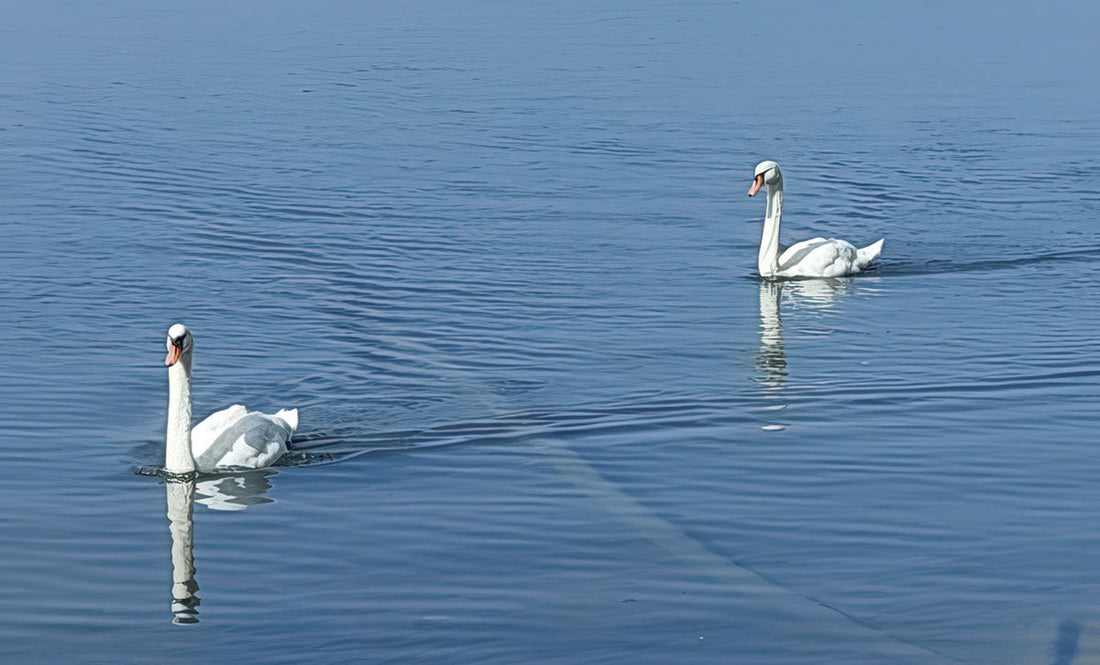
Magical art at the service of the world. Make Love Work
Stefania QuattroneThe Golden Thread of Eros: Ĭmāgo-Anima. The Thought of the Heart and Its Enchantment. The Lightning Bolt: Giorgione's Secret Code.
Approaching Art with a mindless gaze, remaining in the present moment of the here and now, as Eastern philosophy advocates and teaches, is a regenerative gift for the mind and body.
This method invites us to penetrate Beauty and its vibratory wonders capable of transforming the observer who stops to contemplate some singular works of art as we explain in this essay by remaining in the listening and not only of Giorgione's The Tempest .
Art as an experience that acts and heals the Spirit, as demonstrated by neuroscience and quantum physics by connecting the harmonies between Macrocosm and Microcosm, as described by the Sages of the Renaissance in their works, the so-called alchemical unio mentalis , or the journey of the Soul and the Spirit to self-knowledge, interpenetration of the lost threads of Being, or rather veiled by the experiences of the Ego.
Beauty must be provoked, as has been handed down from the past.
But what does Beautiful mean?
Plato writes about Beauty: “Nor will the beautiful be visible to him as a face, or hands, or anything else that the body participates in, nor will it appear as speech or knowledge, nor even as existing somewhere, in a different object, for example in a living being or on earth or in heaven or in something else: rather, it will appear itself, by itself, with itself, simple, eternal. All other beautiful things, however, participate in it in such a way that, although they come into being and cease to exist, it nevertheless becomes in no way greater or less, nor suffers anything. And then, when ever one, rising from this world through a just love for children, begins to perceive that object, the beautiful, he will almost, one might say, reach the end. For precisely in this consists the right path to proceed towards the discipline of love, or to be led there by another: starting from the beautiful things of this world, always rising – with that object, the beautiful, as an end—by the aid, so to speak, of steps, from one to two, and from two to all beautiful bodies, and from beautiful bodies to beautiful ways of life, and from ways of life to beautiful learning, and from learning to rise and end in that learning, which is learning of nothing else than that beauty in itself; and, having reached its completion, it will grasp precisely that which is beautiful, as such. It is this region of life, dear Socrates,” said the stranger from Mantinea, “precisely here, if anywhere else, that is worthy of being lived by a man who contemplates the beautiful in itself. Which, if ever you happen to see it, will not seem to you commensurate with a gold ornament… What then,” she continued, “if someone were to succeed in seeing the beautiful in itself, pure, unblemished, unmixed, and he were able to perceive it, not burdened by human flesh and colors and many other mortal follies, but in himself, the divine beauty, in its simplicity? Do you perhaps think – he said – that the life of a man who looked at that world and contemplated that object through what is necessary, and lived united with it, would be of little value? Do you not consider, rather – he said – that there, in that place alone, this man, who sees the beautiful with that through which it is visible, will happen to give birth, not to phantoms of excellence, inasmuch as he will not have laid his hands on a phantom, but to true excellence, inasmuch as he will have laid his hands on the truth?” (211, b, c, d, e; 212).

Seeing “ divine beauty ” and getting “ your hands on the truth ” is “ Magical Art ” at the service of the World.
We must never forget that Beauty is the only “weapon” capable of leading Man towards the high peaks of Knowledge because Simone Weil writes: “Beauty is the harmony of chance and good […] Beauty is the necessary which, while remaining in conformity with its own law, and that alone, obeys the good […] Beauty seduces the flesh to obtain permission to pass to the soul […] Beauty contains, among other unities of opposites, that of the instantaneous and the eternal […]” (The Shadow and Grace).
The Beauty that manifests itself in the “instantaneous and the eternal” is “ Magical Art ” at the service of the World.
Didn't Plotinus maintain in the Enneads that " as long as beauty is external, we do not yet perceive it, but when it enters us then it moves us " (V 8, 2)?
The Beauty provoked in Giorgione's famous work The Tempest is “ Magical Art ” at the service of the World.
Let us enter the “Cosmic Harmony” of this famous painting, preserved in Venice, and discover the mystery hidden by Giorgione but still perceptible today.
Let's begin our journey inside the Tempest by carefully examining the images, or rather the symbols, contained within it, conceptually comparing them to some expressions of "Ancient Wisdom" and beyond.
“ The hidden plot is stronger than the manifest one ,” Ippolito reminds us.
The “ hidden plot ” is “ Magical Art ” at the service of the World.
“ What is opposed ,” writes Aristotle, “converges, and the most beautiful of plots is formed from divergent ones; and all things arise according to strife .”
“ The contest ” is “ Magical Art ” at the service of the World.
These two expressions contained in Greek Wisdom introduce us to the mystery that permeates the background of the painting. And moreover, the Indian Upanishads already said: " because the gods love the enigma, and what is manifest is repugnant to them ." The most famous example is represented by the Theban myth of the Sphinx. Only he who solves the enigma can save himself and not only himself. The decisive weapon is Wisdom. Heraclitus writes: " No man, among those whose speeches I have listened to, reaches the point of recognizing that wisdom is separate from all things ." But then Colli argues that the enigma, extended to a cosmic concept, is the expression of the hidden, of the god. All the multiplicity of the World, its illusionistic corporeality, is a tangle of enigmas, an appearance of God, just as the words of the wise man are a tangle of enigmas, sensible manifestations that are the trace of the hidden. But the enigma is formulated contradictorily. Heraclitus not only uses the antithetical formulation in most of his fragments, but he also maintains that the world itself that surrounds us is nothing more than an illusory fabric of opposites. Each pair of opposites is an enigma whose solution is unity, the God behind it. Indeed, Heraclitus says: " God is day and night, winter and summer, war and peace, satiety and hunger ."

The Tempest , as we will see, is a web of enigmas. We, the spectators, are immersed in the enchantment of the cyclical nature of the Universe. Giorgione's magic lies in capturing the enchantment of the landscape's atmosphere that embraces the two figures in the foreground.
What does The Tempest still communicate today, after a good five hundred and nineteen years?
All the power of the mythical image, that mysterious plot that arises from the encounter between the conscious and the unconscious.
Looking at the Storm as a whole, one perceives a total harmony between Macrocosm and Microcosm.
The energy of Father Sky and Mother Earth with their respective universal symbols depicted in a sort of Memory Machine , which spreads the themes described by the Neoplatonic philosophical thought of the Renaissance throughout the planet, permeates Giorgione's artistic journey and in particular the Tempest.
Thus, the metaphor: " The Golden Thread of Eros: Ĭmāgo-Anima. The Thought of the Heart and Its Enchantment ", contained in the title of this essay, aims to invite readers to observe with the awareness of the right attention that contemporary times confuse our gaze and we are no longer sensitized to perceiving the Earth where we live as the sojourn of Man.
Our gaze, especially today when Technology has taken over Everything, perceives the Earth only as raw material to be used and employed for the purposes that Man sets for himself.
This is the face of arrogance and we have a duty to transform it to once again enjoy the enchantment that sleeps in our hearts.
As Plotinus reminds us in the Enneads: “ There is no chance in life, but a unique harmony and order (…) Therefore, each, proceeding from the single principle, carries out its own operation and each is useful to the other, because no one is separate from the whole; each acts 'on the others' and is subjected to another action by the others, it meets with the others and derives harm or advantage from them ” (IV 4, 35; II 3, 7, 24-25).
Therefore, with this writing we want to propose to meditate on the meaning of Eros, “Work” of the invisible, which appears like a flash in the sky for an instant, in the famous Platonic metaphor contained in the Symposium , which establishes the expression “inner life” and its meaning, revealing with the help of Sophia the mystery hidden in significant works of art which have now become immortal and which always preserve the flower of eternal creativity: “ that colour of ecstasy, which is beauty in itself ”.
So let us contemplate this singular work by Giorgione, tuning into the vibrations that it can still transmit today to heal the mind and body and thus Be in cosmic harmony.

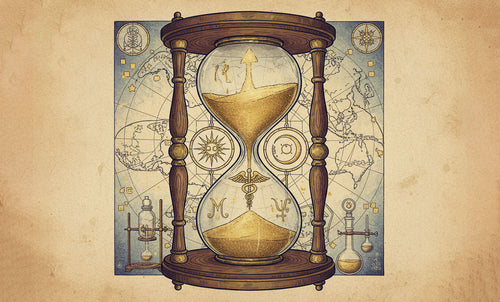
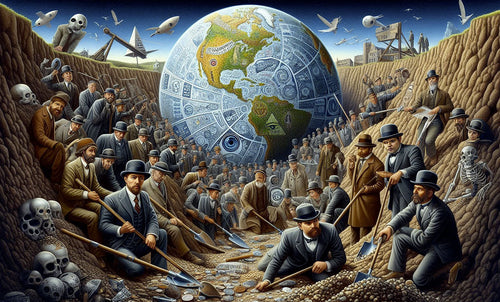


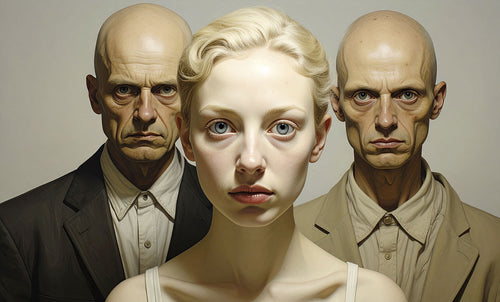

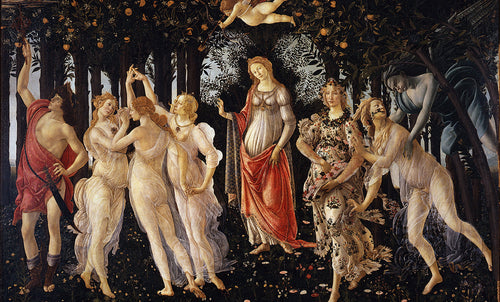

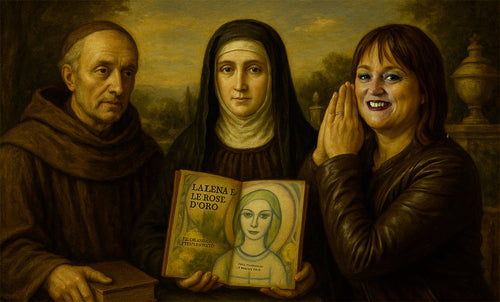





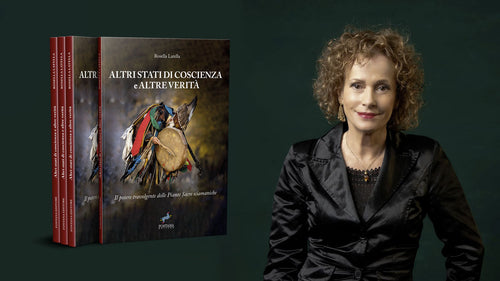

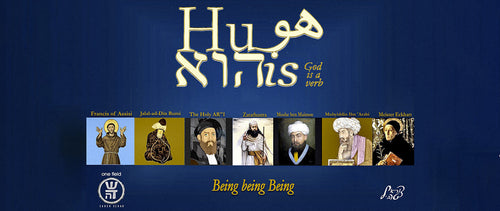
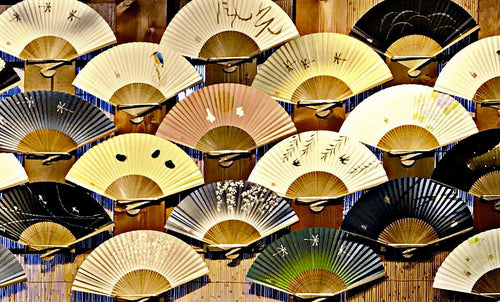



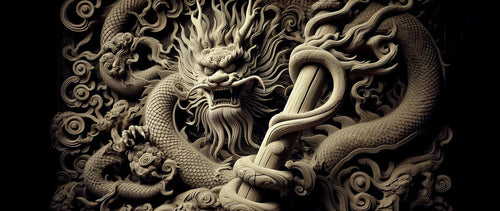
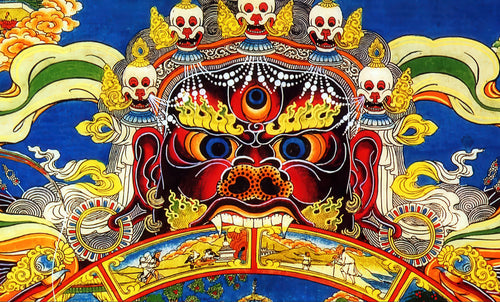

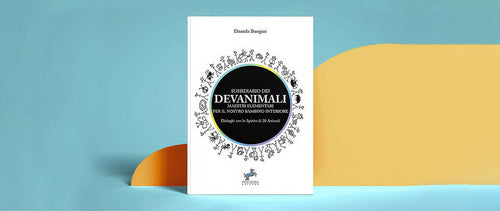
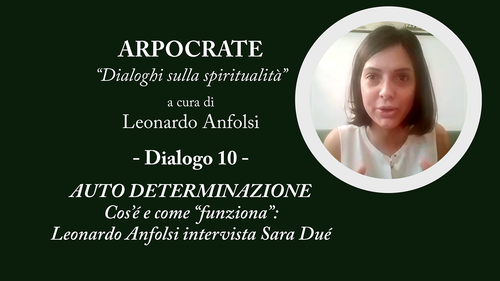
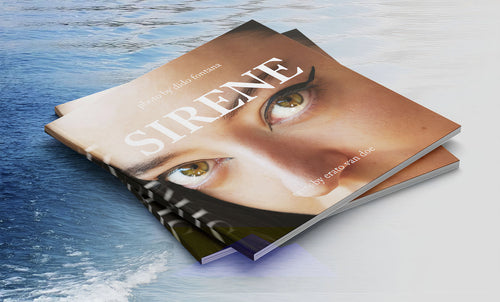
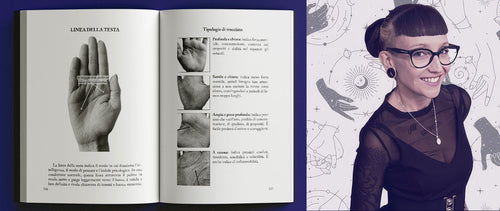


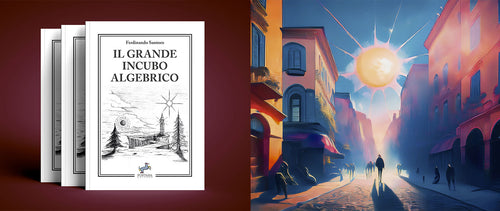
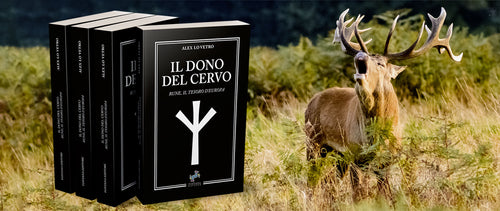
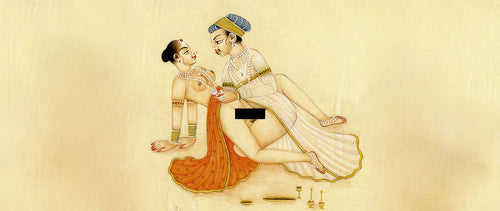
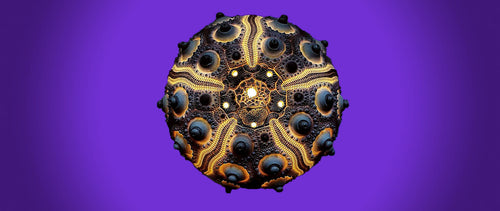





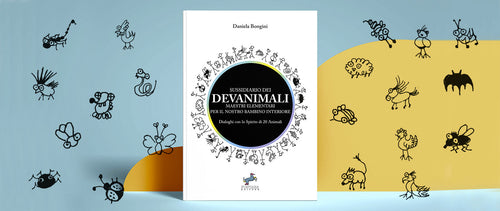

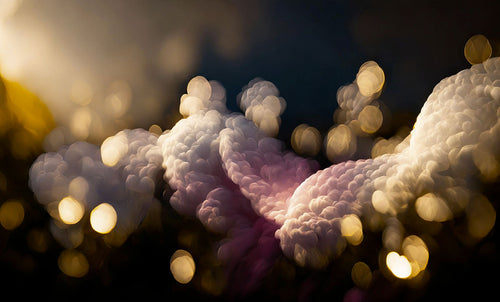
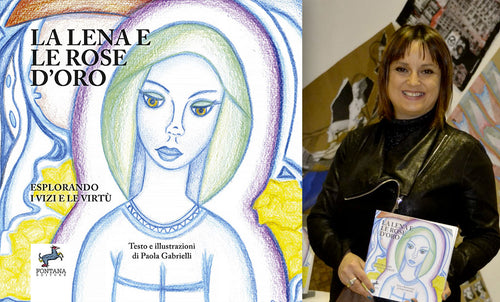

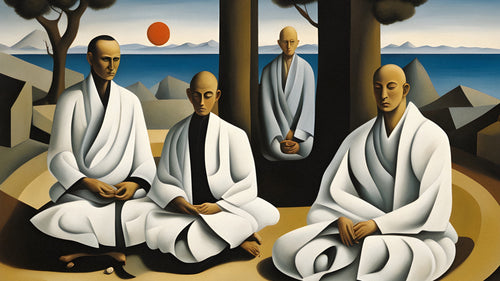
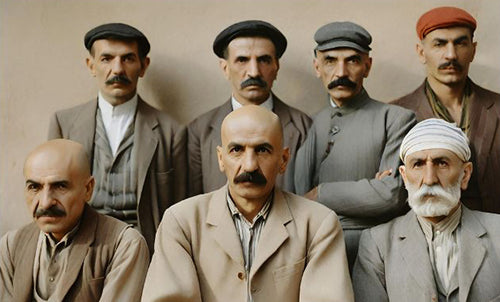
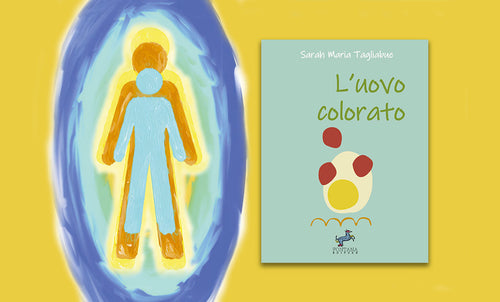
1 comment
Interessante e profondo